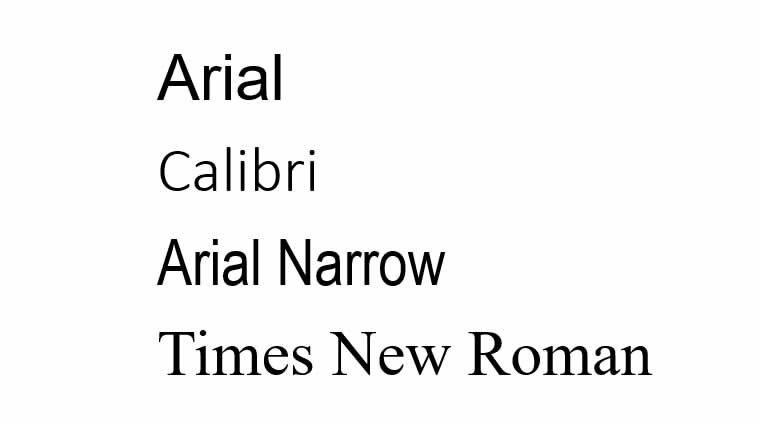
Typography plays a vital role in design, branding, and communication. Certain typefaces have achieved widespread popularity and are commonly used across a range of applications. In this article, we will explore the ten most used typefaces in the world, examining their characteristics, popularity, and versatility.




